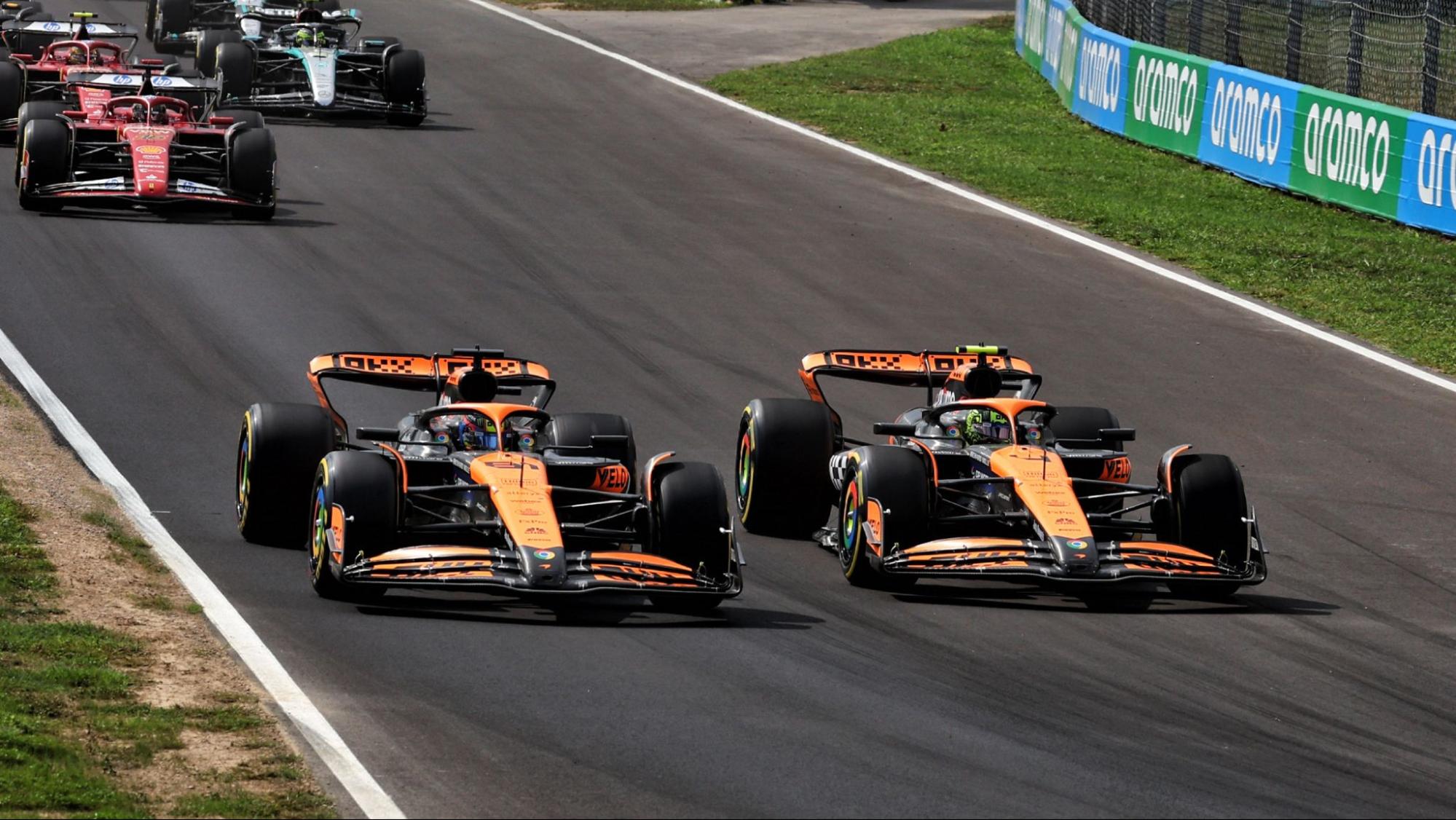Event
The F1 engineer's guide to the 2025 US GP at the Circuit of the Americas
by Raceteq
4min read
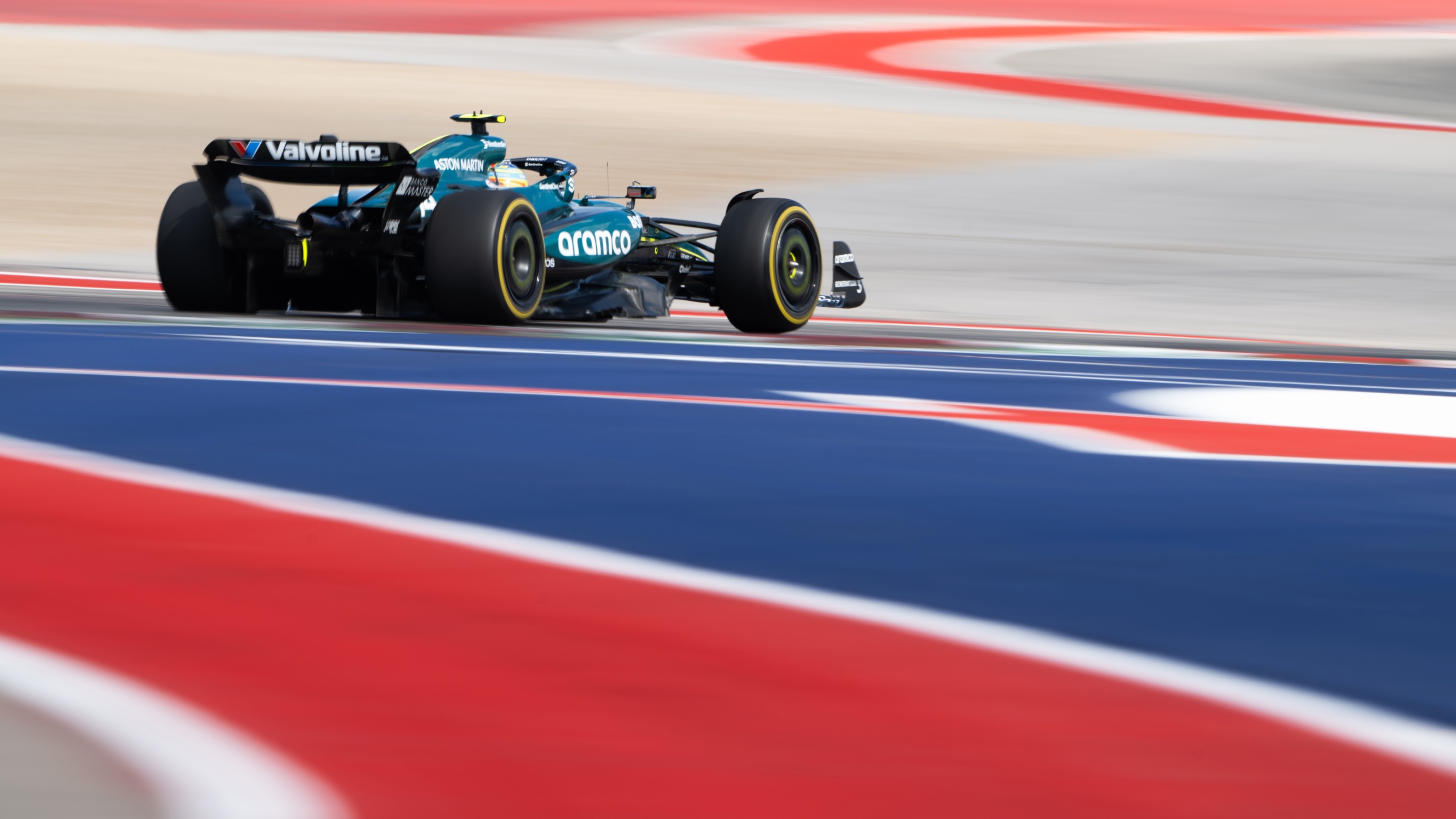
The Circuit of the Americas (COTA) is a purpose-built gem of a circuit that brought Formula 1 back to the United States in 2012. They say everything's bigger in Texas, and the Lone Star state's F1 venue really is a towering test for teams and drivers.
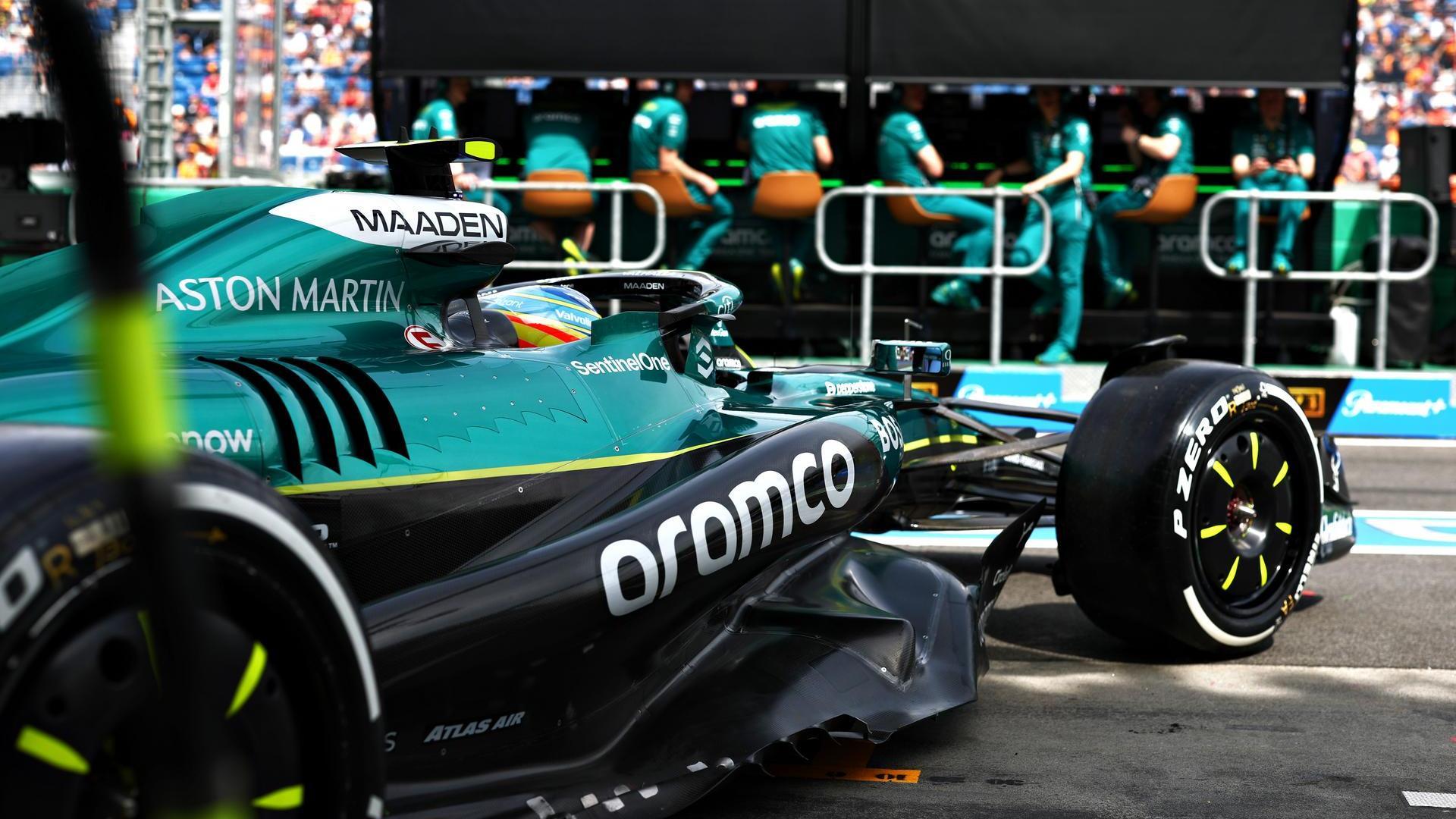
Sign up for a newsletter and we'll make sure you're fully up-to-date in the world of race technology
Sweeping, high-speed sections meet demanding, technical challenges over 20 corners. When the lights go out, drivers spar uphill through the Turn 1 hairpin and then take on the esses that evoke the great sequences of Silverstone and Suzuka.
Speed is the name of the game as drivers round the Turn 11 left-hander, onto the straight and into the drag reduction system (DRS) zone that ends with a sharp left-hand bend in Turn 12. More low-speed turns beckon the field before drivers open the throttle just a bit more generously through the Turn 17-18 double-right-hander.
Track limits are a big challenge at the sharp Turn 19 left-hand bend that leads onto the final corner, where drivers need to carry speed across the start-finish line and back up the hill.
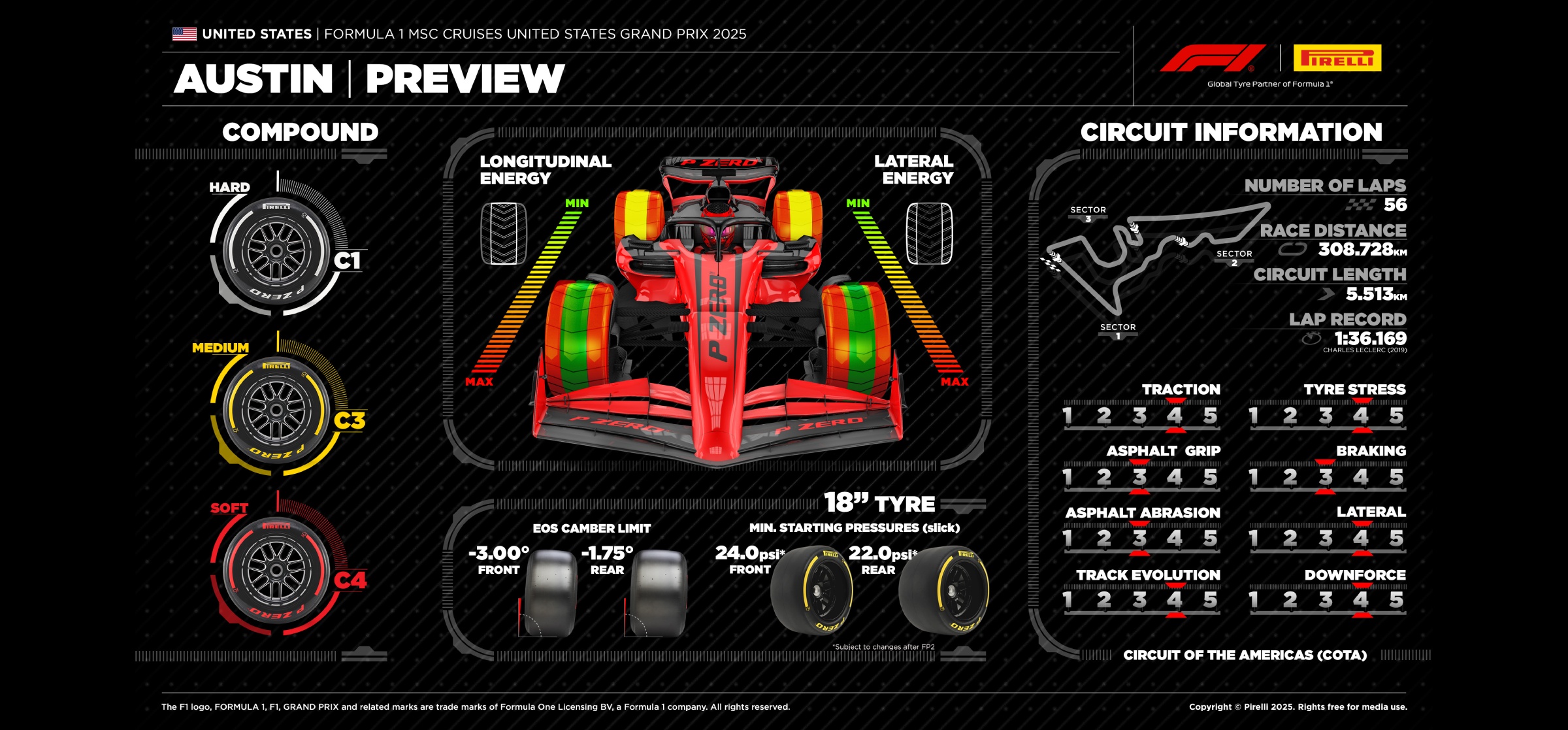
Pirelli's infographic for the 2025 United States Grand Prix
Track evolution will once again shape the strategic narrative this weekend in the United States as rubber builds up on track and grip improves from session to session. Thermal management is also key; low-speed corners and long-radius bends test the Pirelli compounds over a lap of COTA.
Tyre supplier Pirelli has 'skipped' a compound this weekend, allocating the hard (C1), medium (C3) and soft (C4) in the US.
"The choices are always made with the aim of balancing out the validity of the one- or two-stop strategy, to increase excitement and deliver a better show. There is no single solution to achieving this, but without looking at the reality of the racing situation, you can't expect concrete answers," explained Pirelli's director of motorsport, Mario Isola.
Tim Wright, Aston Martin Aramco Formula 1 Team deputy performance director, takes us through the elements that can make a weekend at COTA.
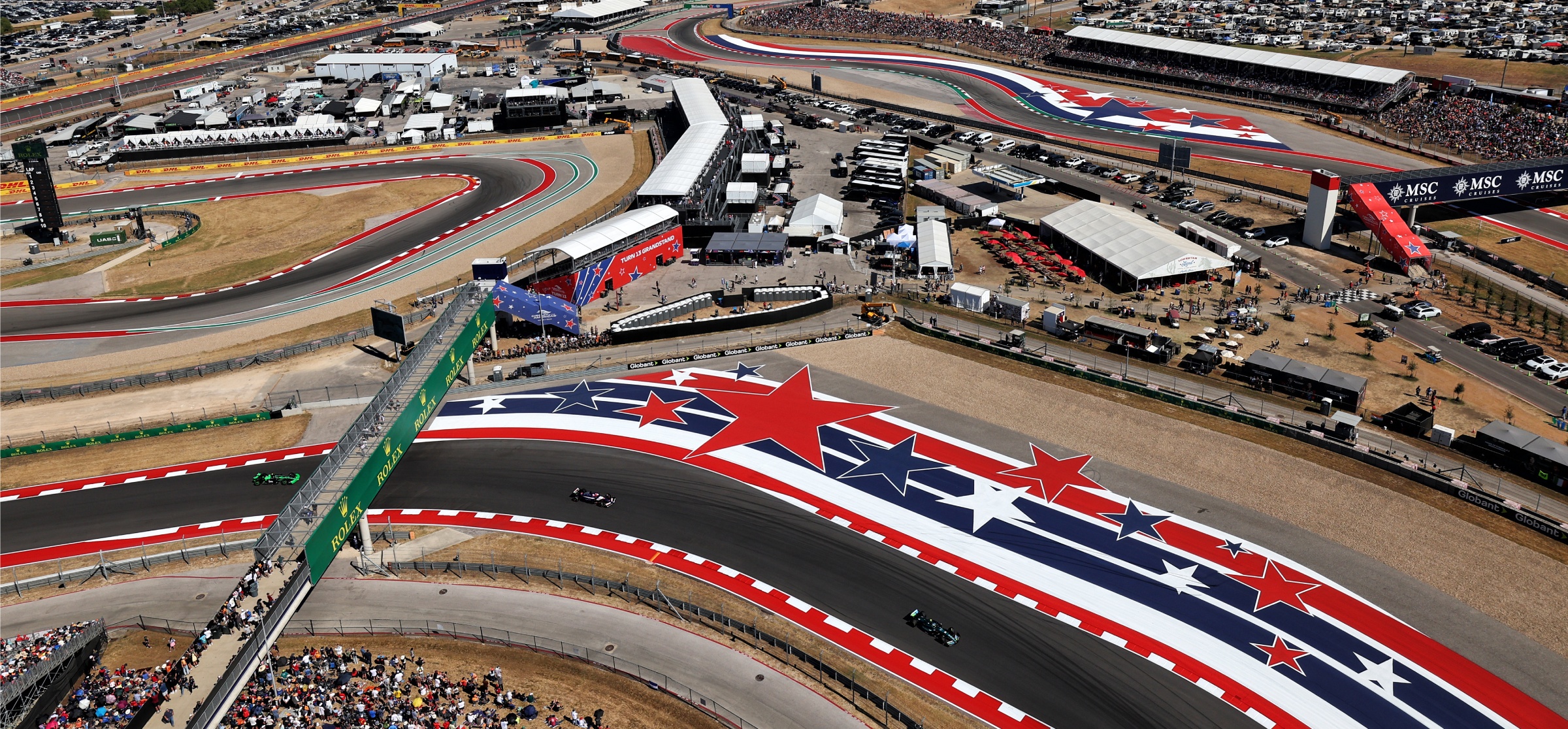
The long right-hand bends of Turns 17-18 (bottom) with the opening esses at the top of the picture, and the low-speed corners that follow the back straight on the left
Circuit of the Americas, United States
Length: 5.513 kilometres
Number of laps: 56
Number of turns: 20
"This is a really difficult track.
Low, medium and high-speed corners test the drivers and cars throughout a lap of COTA.
"A car's all-round performance is key here, as it is at venues such as Shanghai and Suzuka.
"The car generally wants to be poised for one type of corner because it has an optimal set-up, but here you can't do that. There are loads of different cornering speeds.
"Adding to the challenge are the kerbs and surface changes. Although the track was resurfaced for the 2024 US GP, there are still bumps as the track was built on a swamp. It's massively bumpy, and suspension needs to be able to modulate to those bumps.
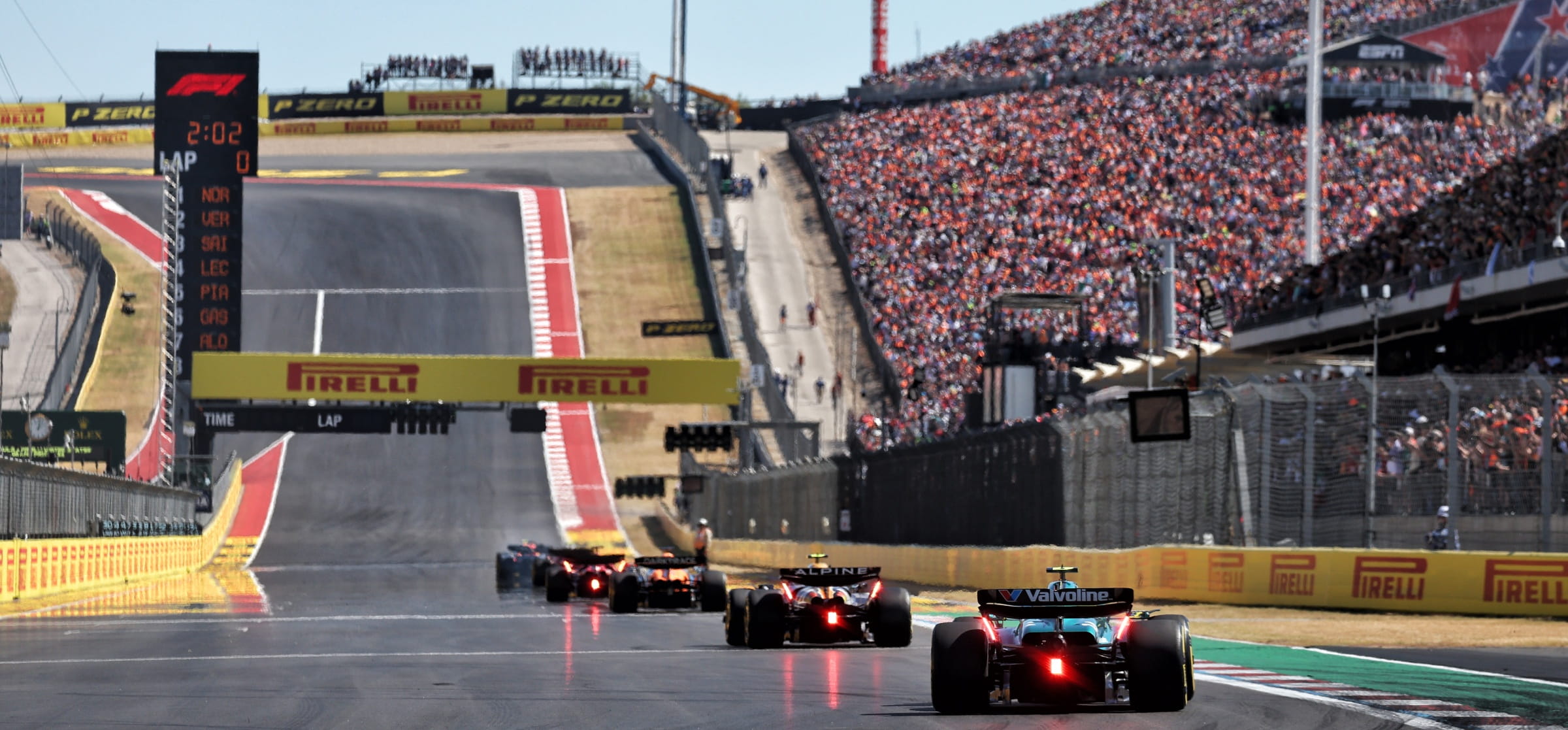
The uphill run to Turn 1 at COTA where bumps can unsettle the car, despite the track having been resurfaced in 2024
"These [the current era of] cars want a stable platform but that's not easy here at COTA. As soon as you've got a massive amount of corners with different apex speeds, various bumps, and changes in height, the F1 car is unsettled.
"Efficiency [a car's ability to generate downforce while minimising drag] is also important given the long start-finish straight and the straight between Turn 11 and 12, but not as crucial as it is at a circuit like Spa-Francorchamps.
"You can't keep the car in the optimal window at COTA, so it's all about compromises."
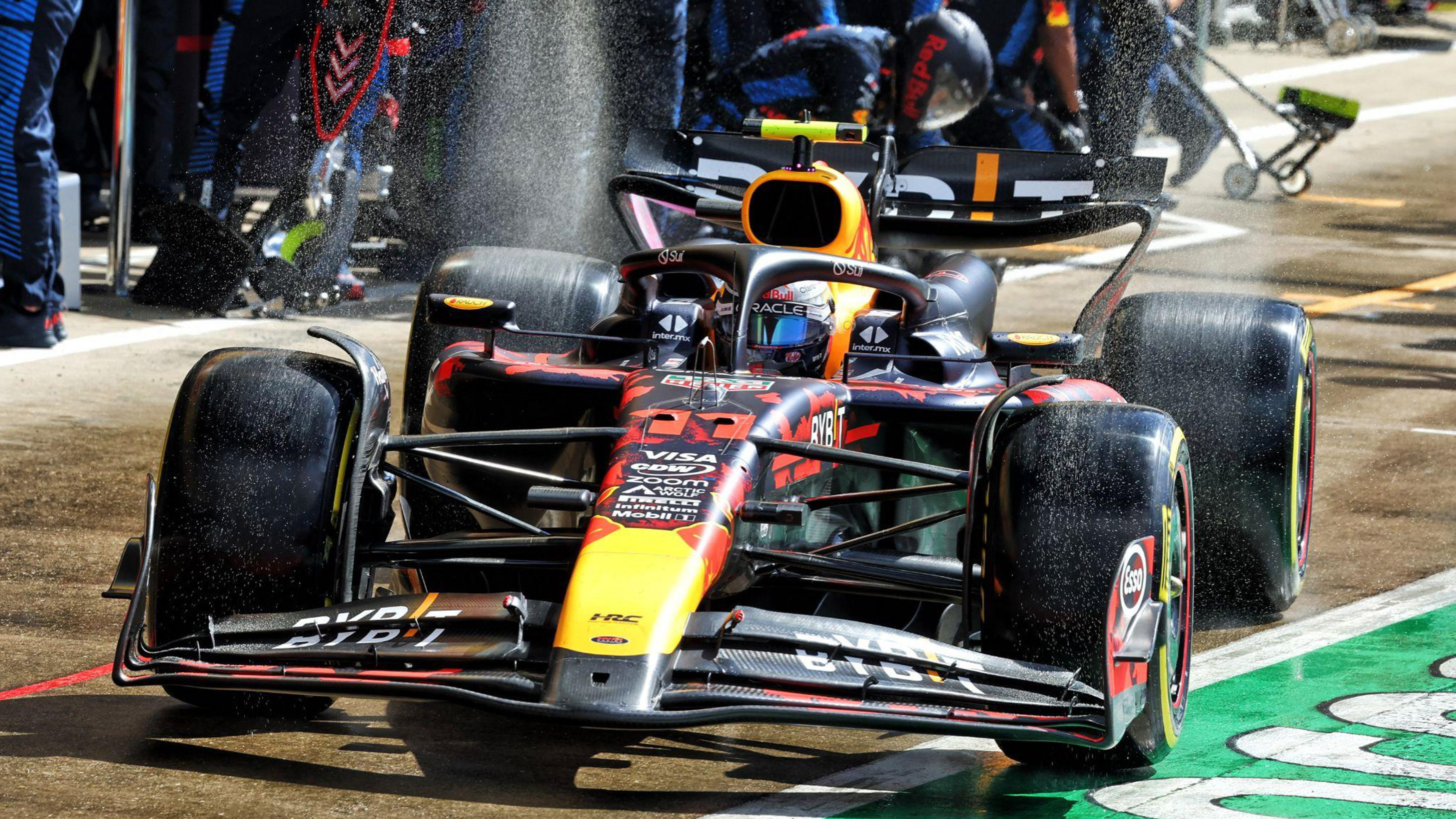
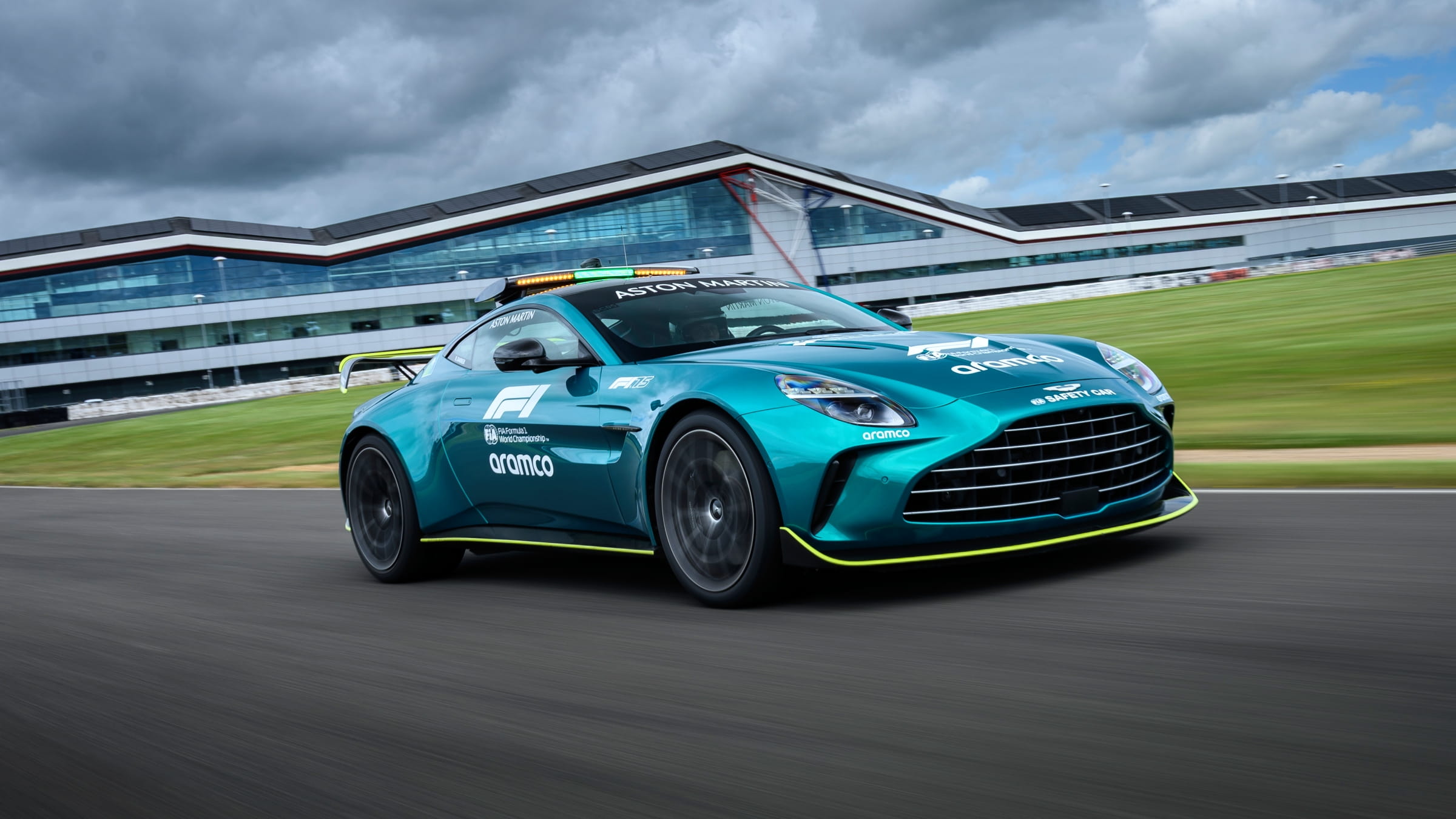
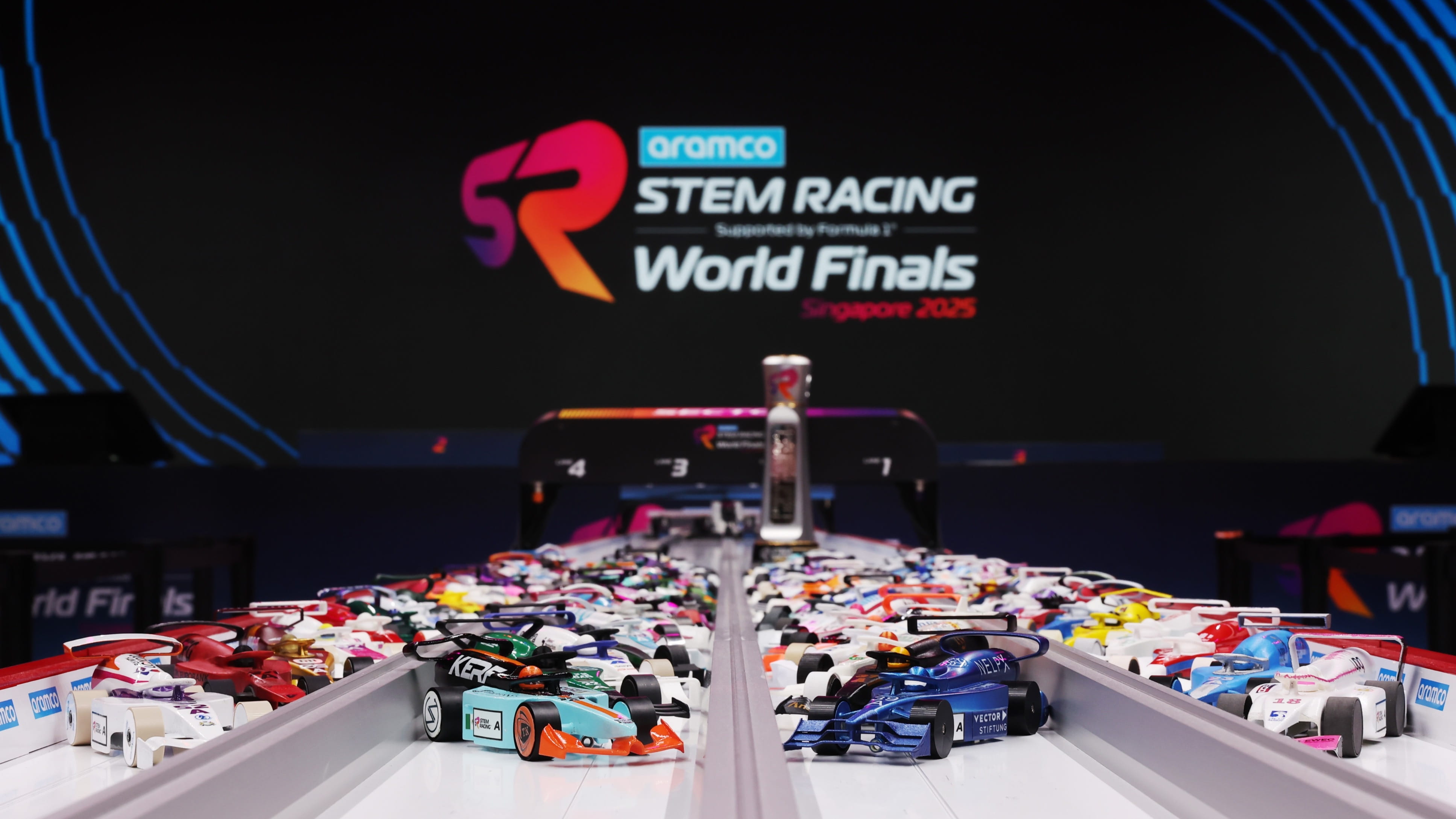
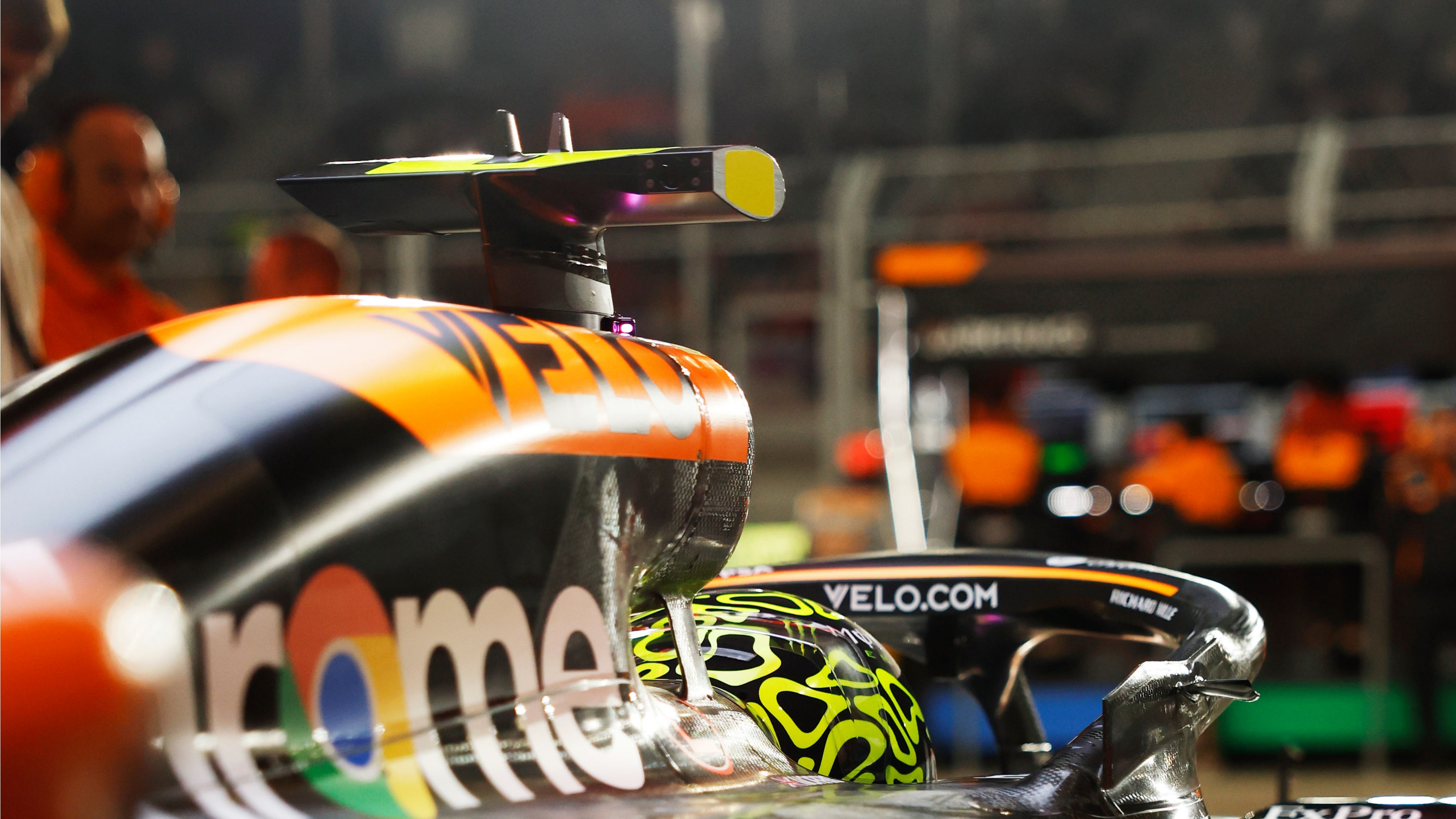
.jpg?cx=0.5&cy=0.5)
